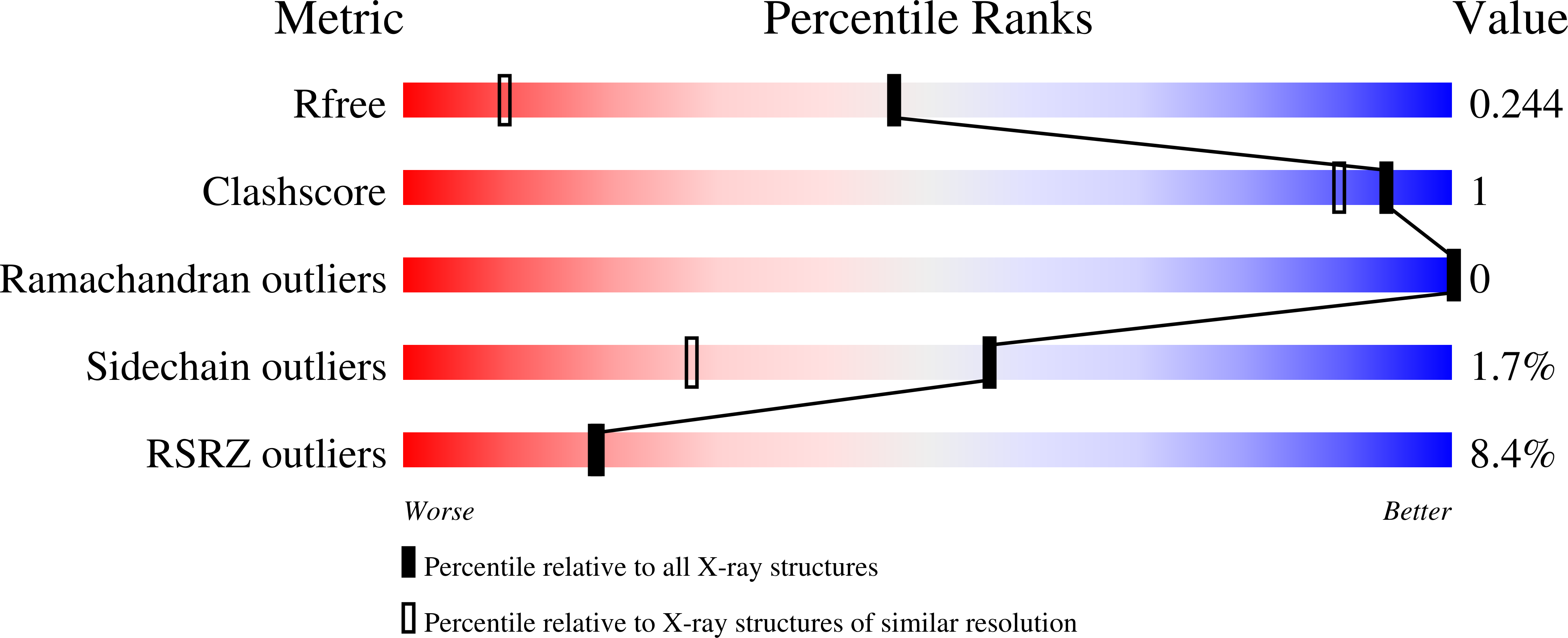
Deposition Date
2023-08-22
Release Date
2024-09-11
Last Version Date
2025-03-26
Entry Detail
PDB ID:
8QA7
Keywords:
Title:
Crystal structure of HDAC6 catalytic domain 2 from zebrafish in complex with buffer component.
Biological Source:
Source Organism:
Danio rerio (Taxon ID: 7955)
Host Organism:
Method Details:
Experimental Method:
Resolution:
1.47 Å
R-Value Free:
0.23
R-Value Work:
0.21
R-Value Observed:
0.21
Space Group:
P 21 21 21


